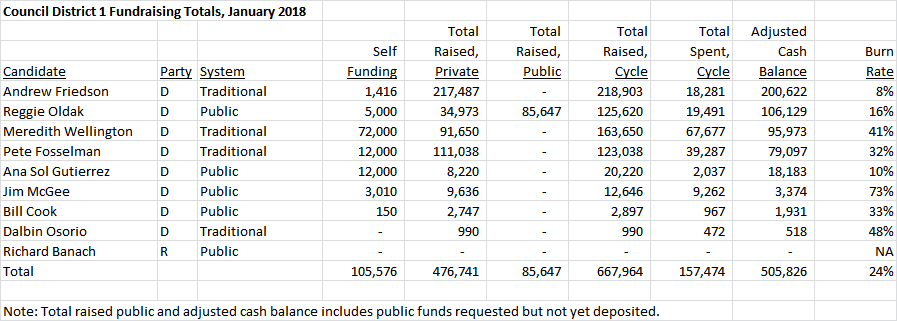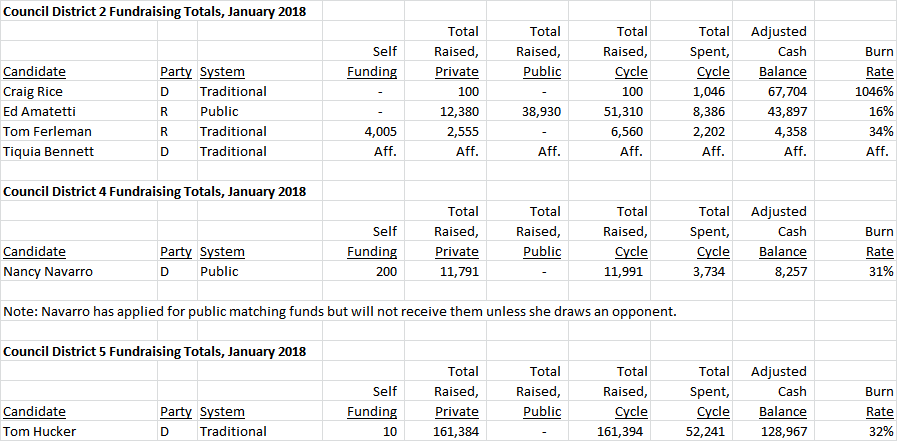ACCESSORY DWELLING UNITS — ZTA 19-01— UPDATE
Background. On January 15, 2019, County Councilmember Hans Riemer sponsored Zoning Text Amendment (“ZTA”) 19-01, a proposal to relax the restrictions that currently limit County homeowners from creating “Accessory Dwelling Units” (“ADUs”) on their property. ADUs are separate dwelling units on the same lot as a single-family principal residence. The dwelling may be traditional rental apartments or, after one year, may be converted to a short-term, “airbnb-type” unit. The latterrequires a different category of license, and it must not have a full kitchen.
After a hearing before the County Council, the Council’s Planning,Housing and Economic Development (“PHED”) Committee chaired by Councilmember Riemer held work sessions on ZTA 19-01, and it has now sent a revised version of the legislation to the full County Council for a vote likely next month. Over the objections of County Executive Marc Elrich and civic groups throughout the County, the PHED Committee is recommending a version of ZTA 19-01 that eviscerates current restrictions on ADUs that protect single-family neighborhoods.
Current Proposal. Homeowners in small lot communities (those zoned R-60, R-90 or R-200) can already create separate rental apartments in their homes (“attached” ADUs). However, these ADUs are now subject to strict limitations designed to assure neighborhood preservation and compatibility. Under Councilmember Reimer’s original proposal and the PHED Committee’s revisions, most of the limitations on attached ADUs will no longer apply.
Even worse, “detached” ADUs would for the first time be permitted in the backyards of 120,000 to 160,000 small lots in single-familyneighborhoods throughout the County. These ADUs could range fromtrailers and converted cargo containers to three-bedroom apartments in new structures and renovated garages, depending on the lot’s size. A table comparing the current rules for both attached and detached ADUs with those in ZTA 19-01 is attached.
Impacts on Single-Family Neighborhoods. Especially problematic are the provisions for detached ADUs, which are capable of altering the character of a neighborhood by blanketing the County without regard to location, lot size, compatibility, environmental concerns, best design practices for infill development, or provisions in existing master and sectorplans. These structures would be allowed without meaningful parking requirements to protect nearby homeowners or environmental requirements for sediment control, storm water management, or preservation of the existing tree canopy.
Contravention of Sound Planning Principles. According to Councilmember Riemer, ZTA 19-01 is intended to allow property owners to create “granny flats” and “in-law suites” inside their homes, and “tiny houses” and “cottages” in their backyards, all of which will increase the County’s affordable housing stock for lower income families and individuals. In fact, the proposal is “one-size-fits-all” legislation that is likely to produce the opposite result. Unless accompanied by dedicated public financing programs, this proposal may simply enable wealthy property owners and real estate developers to build expensive second homes on residential lots, thereby driving up rather than reducing housing costs.
In response to the myriad of concerns about the County’s failure to enforcecurrent zoning and rental licensing regulations with respect to existing ADUs, members of the PHED Committee promised during their work sessions to examine the budget and staffing of the County’s Department of Permitting Services (“DPS”) and its Department of Housing and Community Affairs. (“DHCA”). However, there is nothing on the Council’s agenda regarding these enforcement issues, and the PHED Committee is asking the Council to adopt ZTA 19-01 without addressingthe acknowledged deficiencies in County code enforcement.
Recommendations for Detached ADUs. County planning officials should utilize sound planning tools to assure that detached ADUs will complement existing housing stock and in fact add to much-needed affordable housing. Here are some ideas for successful planning:• Detached ADUs should not be allowed as a housing type in small lots zoned R-60, R-90 and R-200. Instead, these structures should be permitted only on lots larger than 10,000 square feet, and only if recommended as part of an overlay zone in a master or sector plan for a specific community. If planned properly, detached accessory apartments can be compatible with the surrounding neighborhood as was done in Kentlands — a development oft-cited in the PHED Committee work sessions.• Technically, the property owner sis required to live in either the primary dwelling or the ADU, but County officials acknowledge serious problems with enforcement. Enforcement of this requirement should be a priority of both DPS and SHCA.• Detailed design guidelines should be provided to assure neighborhoods that valuable green space and trees will not be destroyed by dense over-building on small lots that leave only concrete in their wake. • Planning officials should consider whether backyard trailers and cargo containers are appropriate building types even on larger lots throughout the County.• The PHED Committee should explore the need for a housing program that will help homeowners, rather than developers, finance detached ADUs to make their own homes and rental units more affordable.
Recommendations for Attached ADUs. Unfortunately, ZTA 19-01 removes most of the protections in the current zoning code that protectsmall lot communities from the adverse impacts of attached ADUs. which would be largely unregulated in the future. Here are somerecommendations for these dwelling units:• Spacing requirements for attached ADUs in the current zoning ordinance should be retained (e.g., 300 feet between attached ADUs on same block in the small lot zones; 500 feet for attached ADUs on the same block in large lot zones).
• Parking requirements should be adopted based on data showing neighborhood road widths, as well as the volume of cars normally parked on the streets in question, with homeowners given priority for parking space in front and near their homes. Proximity to transit should not be the only consideration, and one mile from transit is too far.• Maximum square foot limits for attached ADUs should be maintained. Large basement areas and additions should not be transformed into large housing units within a single-family home, thereby creating a new form of “mansionization” incompatible with small-lot neighborhoods.• If the principal dwelling is a new home, all the current infill requirements (height, set back, lot coverage, and other restrictions) should apply to any space used to create an attached ADU. • The protection in the current zoning code against over-concentration should be reinstated (i.e., in small lot zones, the ADU must be located at least 300 feet from any other attached or detached ADU along the same block face).• Workable strategies should be established to assure that the owner either lives in the primary or accessory residence. Right now, this requirement is not being properly enforced.
Conclusions. The County needs housing legislation that will result in exciting new communities with mixed affordable housing, as well as a housing program that makes new dwelling units available to large, diversecommunities of residents. This can be accomplished by identifying appropriate locations in master plans, and by adopting innovative housing programs that provide financing together with code enforcement.
The current proposal offers the worst of all worlds. Without a financing program, only wealthy property owners will be able to create ADUs,which in all likelihood will increase housing prices throughout the County and generate new housing types that will irrevocably overwhelm and degrade the County’s single-family neighborhoods.
What can you do? Contact County Council members and let them know your concerns:
Gabe Albornoz 240-777-7959, Councilmember.Albornoz@montgomerycountymd.gov;
Andrew Friedson 240-777-7828,Councilmember.Friedson@montgomerycountymd.gov;
Evan Glass 240-777-7966, Councilmember.Glass@montgomerycountymd.gov;
Tom Hucker 240-777-7960, Councilmember.Hucker@montgomerycountymd.gov;
Will Jawando 240-777-7811, Councilmember.Jawando@montgomerycountymd.gov;
Sidney Katz 240-777-7906, Councilmember.Katz@montgomerycountymd.gov;
Nancy Navarro 240-777-7968, Councilmember.Navarro@montgomerycountymd.gov;
Craig Rice 240-777-7955, Councilmember.Rice@montgomerycountymd.gov;
Hans Riemer 240-777-7964, Councilmember.Riemer@montgomerycountymd.gov.
Meredith Wellington











